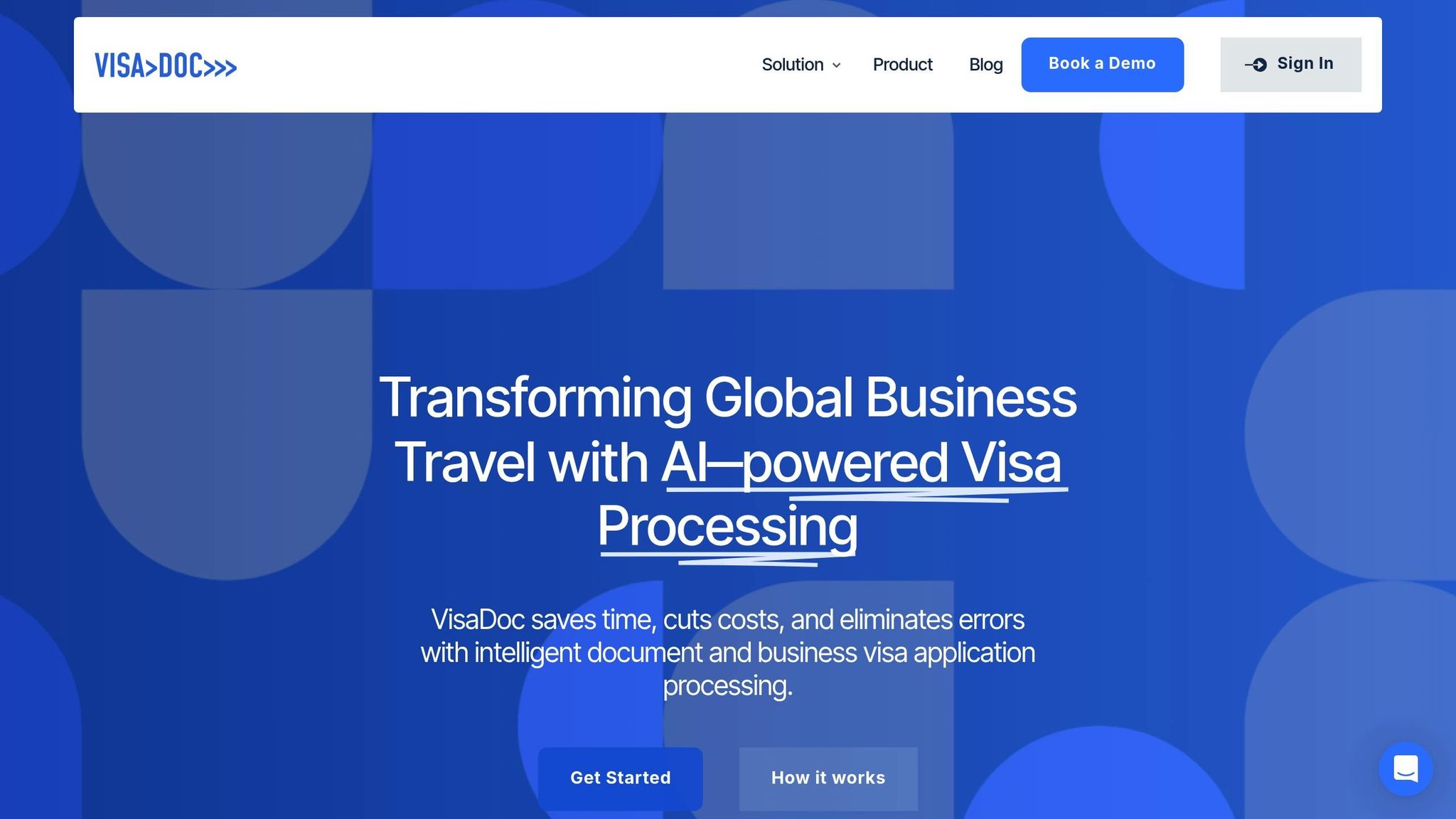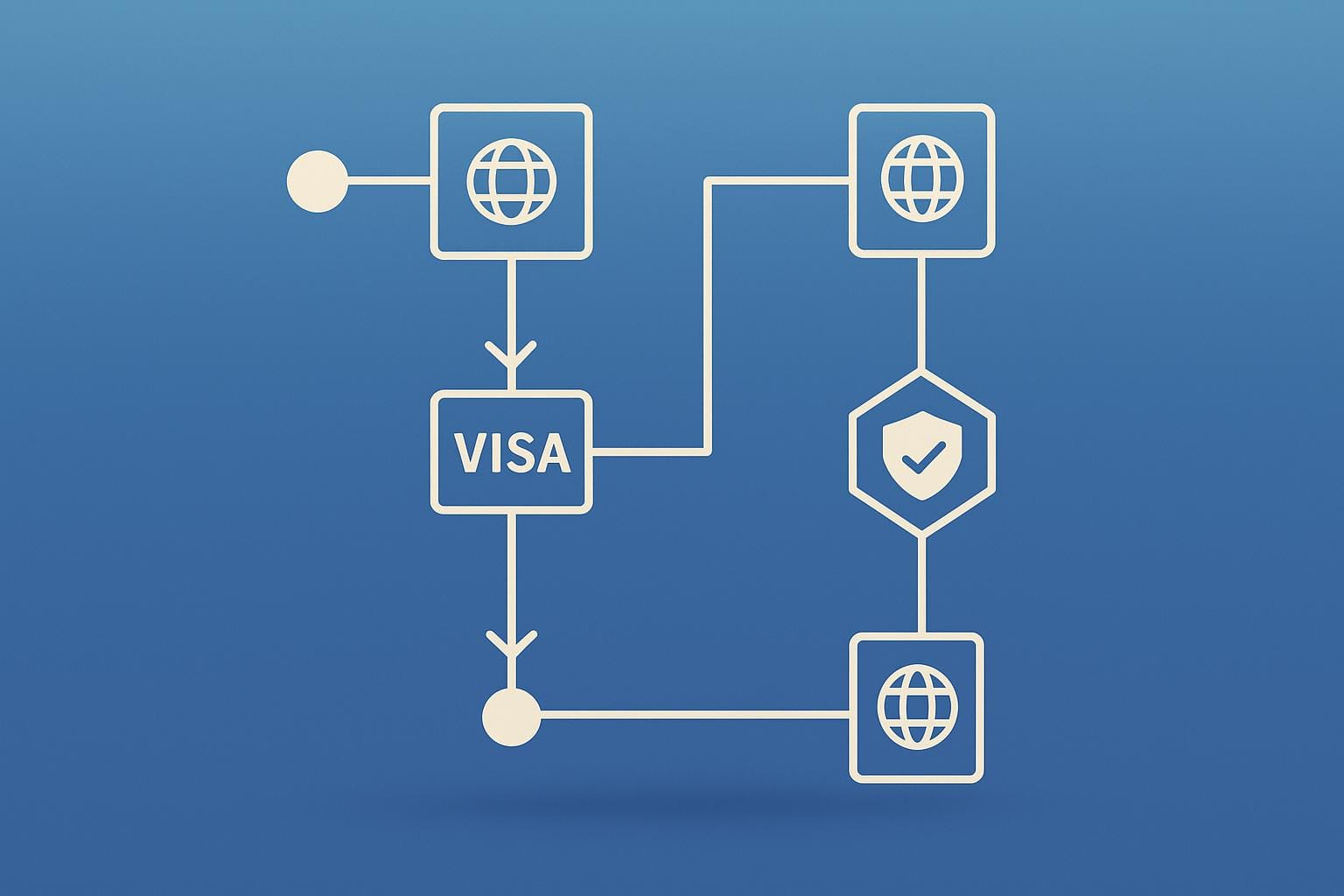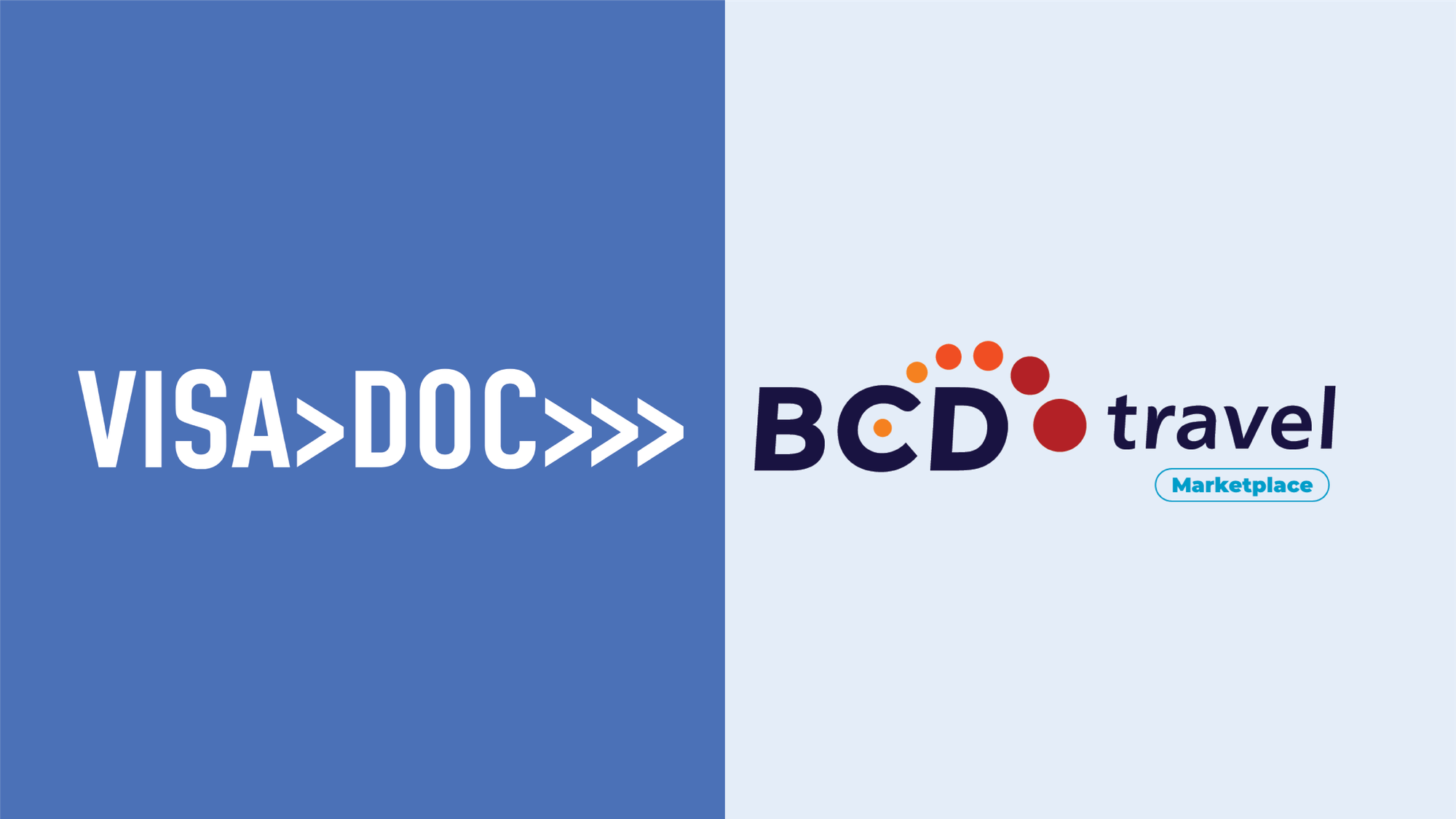Audit trails are essential for managing visas effectively, ensuring compliance, and maintaining security. They log every system activity, providing a transparent, chronological record of who accessed what, when, and what changes were made. Here's why they matter and how to set them up:
-
Why They Matter:
- Ensure compliance with immigration laws and regulations.
- Protect sensitive visa data from unauthorised changes or breaches.
- Detect and prevent fraud or unusual activity.
- Provide a clear record for audits and dispute resolution.
-
Key Components:
- Transaction Logs: Track changes like application status updates and document uploads.
- User Activity Tracking: Record logins, session details, and sensitive document access.
- Document Change Records: Maintain version histories with timestamps and user details.
-
How to Implement:
- Set up role-based access controls to manage permissions.
- Enable real-time logging of actions, IP addresses, and timestamps.
- Use document versioning to track changes and preserve history.
- Ensure systems meet regulatory standards like GDPR and retain data for at least 5 years.
-
Automation Tools:
- Automate logging, monitoring, and compliance tracking.
- Integrate systems via APIs for seamless data management.
Quick Setup Checklist:
- Secure sensitive data with encryption.
- Use automated backups to prevent data loss.
- Train staff on compliance and system use.
- Monitor audit logs for suspicious activity.
Audit trails are indispensable for transparency, compliance, and fraud prevention in visa management. Set them up effectively to streamline processes and safeguard your operations.
Setting Up Audit Trails
Core Components
An effective audit trail system for visa management relies on three main components:
Transaction Logs
These logs keep track of every change made to visa application data, including:
- Changes in application status
- Uploads or updates to documents
- Comments and annotations
- Approval decisions and signatures
User Activity Tracking
This monitors all user actions within the system, such as:
- Successful and failed login attempts
- Session durations and activity
- Access to sensitive documents
- Adjustments to role-based permissions
Document Change Records
These records include:
- Full version history of documents
- Timestamps for all modifications
- User details for each change
- Archived previous versions for reference
Technical Requirements
| Requirement Category | Key Elements | Purpose |
|---|---|---|
| Data Security | 256-bit encryption | Safeguard sensitive visa data |
| Storage Capacity | Minimum 5-year retention | Comply with regulations |
| System Performance | Real-time logging | Ensure instant record updates |
| Backup Systems | Daily automated backups | Minimise risk of data loss |
Once these requirements are met, the system components can be configured and integrated.
Setup Guidelines
1. Configure Access Controls
Define a clear permission hierarchy to control who can access and modify visa-related data. Use role-based access control (RBAC) to ensure that only authorised personnel can view or edit sensitive information.
2. Implement Logging
Set up a logging system to capture:
- Action timestamps
- User identification details
- IP addresses and device information
- Descriptions of the changes made
3. Enable Document Versioning
Ensure the system tracks document history by:
- Automatically assigning version numbers
- Including summaries of changes
- Using digital signatures for approvals
- Aligning retention policies with visa regulations
The system should maintain an unchangeable record of all modifications. This ensures compliance during audits and prevents unauthorised alterations to visa-related documents.
Meeting Global Visa Requirements
GDPR Compliance
Audit trails play a key role in meeting GDPR rules for visa management. They document essential details like processing purposes, data categories, retention periods, and security measures. These trails also log responses to requests for access, erasure, portability, and consent, using detailed timestamps and user IDs. In addition to GDPR, global standards often demand extra audit trail features.
International Standards
Different regions have specific frameworks that require customised audit trails:
| Region | Standard/Requirement | Key Focus Areas |
|---|---|---|
| UK | UK Home Office Sponsorship Requirements | Keeping detailed records of sponsorship and visa-related activities |
| EU | Schengen VIS Requirements | Clear documentation of visa processes and biometric data |
| US | CBP Requirements | Accurate tracking of visa entry/exit data and related updates |
Regulatory Examples
Take the UK Home Office sponsorship requirements, for example. These stress the importance of documenting key visa management tasks. Organisations need to record activities such as:
- Managing sponsorship records
- Submitting visa applications
- Tracking changes in sponsored worker details
VisaDoc’s compliance module demonstrates how effective audit trails can simplify regulatory inspections. To build a solid audit trail, organisations should:
- Use detailed record-keeping systems
- Consistently monitor updates and changes
- Regularly review processes to ensure they meet regulations
Automation Tools and Systems
Automation tools play a crucial role in maintaining audit trails, simplifying documentation, and ensuring compliance in visa management processes.
Key Automation Features
Automation in audit trail management hinges on several important functions:
| Feature | Function | Benefit |
|---|---|---|
| Automated Logging | Tracks all system interactions and changes | Reduces the risk of manual documentation errors |
| Real-time Monitoring | Observes visa processing activities in real time | Helps quickly identify and address issues |
| Compliance Tracking | Verifies processes against regulations automatically | Minimises compliance risks |
| Document Tracking | Keeps a record of all document updates | Provides an accessible and transparent audit trail |
System Integration Methods
Automation becomes even more effective when systems are integrated, allowing for smoother data management. Common integration methods include:
- API-based Integration: Facilitates secure and efficient data sharing between systems.
- Automated Data Validation: Ensures data consistency across different platforms.
- Centralised Record Management: Consolidates data into a single source for better accuracy and accessibility.
For example, VisaDoc offers integration capabilities that connect existing HR systems with visa management workflows. This ensures automatic syncing of employee data, reduces manual errors, and maintains detailed audit logs for all visa-related actions. These methods highlight how platforms like VisaDoc streamline compliance and audit trail management.
VisaDoc Implementation Example

VisaDoc demonstrates how automation enhances compliance. Its system logs every user action and document update, creating a reliable and transparent audit trail that supports regulatory requirements and audit readiness.
Risk Management and Audit Preparation
Common Risk Factors
Visa processing audit trails bring with them several risks that need careful attention and effective management.
| Risk | Impact | Mitigation Strategy |
|---|---|---|
| Unauthorised Access | Could result in data breaches and non-compliance issues | Use multi-factor authentication and role-based access controls |
| Incomplete or Inaccurate Audit Logs | Creates gaps in documentation during audits | Implement automated logging systems and verify logs regularly |
| Data Breaches | May expose sensitive visa information | Apply strong encryption and enforce strict security measures |
| Non-compliance with Regulations | Risks legal penalties and fines | Schedule compliance audits and ensure staff receive updated training |
To tackle these risks, a thorough and well-structured audit preparation process is essential.
Audit Preparation Steps
-
Documentation Organisation
- Keep detailed records of visa processes and audit logs.
- Ensure system logs and permission changes are recorded for audit purposes.
-
System Health Verification
- Confirm logging systems are functioning properly.
- Check that backups and encryption protocols are fully operational.
-
Staff Preparation
- Provide updated compliance training to ensure teams are clear on their audit responsibilities.
- Review protocols for emergency responses and document handling.
- Set clear communication procedures for audit-related situations.
Fraud Prevention Methods
-
Pattern Analysis
Regularly review logs for unusual activity, such as repeated failed login attempts, access during odd hours, or unusually fast application submissions. -
Access Control Management
Tighten access controls by reviewing permissions frequently, granting time-limited access, using IP-based restrictions, and logging all user sessions. -
Real-time Monitoring
Use automated systems to detect and alert on suspicious activities immediately. Track changes to documents, monitor all system access attempts, and flag unusual patterns for further investigation.
Conclusion
Key Takeaways
Audit trails play a crucial role in maintaining data integrity and adhering to regulatory standards. Here’s how they make a difference:
| Benefit | Impact |
|---|---|
| Transparency | Provides full visibility into all visa-related actions and modifications. |
| Regulatory Compliance | Ensures alignment with GDPR and global visa processing regulations. |
| Fraud Prevention | Helps identify and address potential fraudulent activities early. |
| Efficiency | Simplifies visa processing and minimises manual paperwork. |
These practices are essential for managing visas securely and in compliance with regulations.
Steps to Implement Audit Trails
Follow these steps to set up effective audit trails in your visa management system:
1. Evaluate Your Current System
Review your existing visa management workflows to pinpoint gaps in tracking and identify where automation could help.
2. Integrate Suitable Technology
Use tools like VisaDoc to incorporate automated tracking and seamless integration into your processes.
3. Train Your Team
Equip your staff with the knowledge and skills they need to:
- Understand the role of audit trails in visa processing.
- Maintain proper documentation standards.
- Follow security protocols and manage system access.
- Stay updated on compliance requirements.
4. Regularly Review and Improve
Set up a routine review process to measure the effectiveness of your audit trail system. Focus on metrics such as:
- Compliance breaches
- Completeness of documentation
- System performance
- Adoption rates among users
FAQs
How do audit trails in visa management support GDPR compliance and other international regulations?
Audit trails in visa management are essential for maintaining compliance with GDPR and other international regulations. They provide a detailed record of all actions taken during the visa application process, ensuring transparency and accountability.
Platforms like VisaDoc enhance compliance by securely managing sensitive data using enterprise-grade encryption and certified cloud infrastructure. This helps organisations safeguard personal information, meet regulatory standards, and avoid potential legal issues or fines.
What are the key automation features that improve audit trails in visa management?
Automation tools play a vital role in enhancing the accuracy and efficiency of audit trails in visa management. Advanced features such as AI-driven document validation, automatic form completion, and real-time application tracking streamline the process while reducing errors.
Platforms like VisaDoc also integrate compliance monitoring, ensuring visa applications meet regulatory standards. By automating repetitive tasks and maintaining oversight at critical stages, businesses can optimise their visa management processes and minimise the risk of non-compliance.
How can organisations reduce the risk of unauthorised access and data breaches in audit trails?
To minimise the risk of unauthorised access and data breaches in audit trails, organisations can implement several key measures. Restrict access by using role-based permissions, ensuring only authorised personnel can view or modify sensitive data. Regularly update and monitor passwords, and enable multi-factor authentication for an added layer of security.
Additionally, ensure compliance by encrypting data stored in audit trails and conducting routine security audits to identify vulnerabilities. Providing training for employees on data protection best practices can also help mitigate risks. These steps not only protect sensitive information but also support compliance with visa regulations and industry standards.













